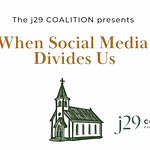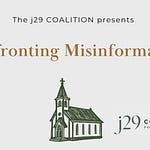Summary
Caleb Campbell and Austin Gravley explore the concept of the perception gap, particularly in the context of social media and its impact on how individuals and groups perceive one another. They discuss the importance of humility in navigating these perceptions, the role of media literacy in discipleship, and practical steps that ministry leaders can take to address these issues within their congregations. The conversation emphasizes the need for deeper understanding and engagement with others, as well as the importance of setting boundaries around media consumption.
Links
Go to MendingDivisionAcademy.com to learn about Austin Gravley’s small group course on the perception gap.
Takeaways
The perception gap refers to the difference between how we perceive others and their actual beliefs and feelings.
Social media often provides only surface-level information, leading to misconceptions.
Humility is essential for engaging in meaningful conversations and understanding others.
Discipleship should include teaching media literacy to help individuals navigate information responsibly.
Setting boundaries around media consumption can improve mental and spiritual health.
Pastors should focus on local issues rather than solely national discourse.
The perception gap is a dynamic cultural force that cannot be fully closed but can be addressed.
Good faith conversations require time and effort to understand differing perspectives.
Media literacy is as important as other discipleship topics like marriage and finances.
Recognizing our limitations can foster humility and better communication.
Chapters
00:00 Understanding the Perception Gap
07:28 The Impact of Social Media on Perception
15:30 The Role of Pastors in Addressing Perception
21:28 Cultivating Media Literacy in Congregations
30:42 Practical Steps for Ministry Leaders














